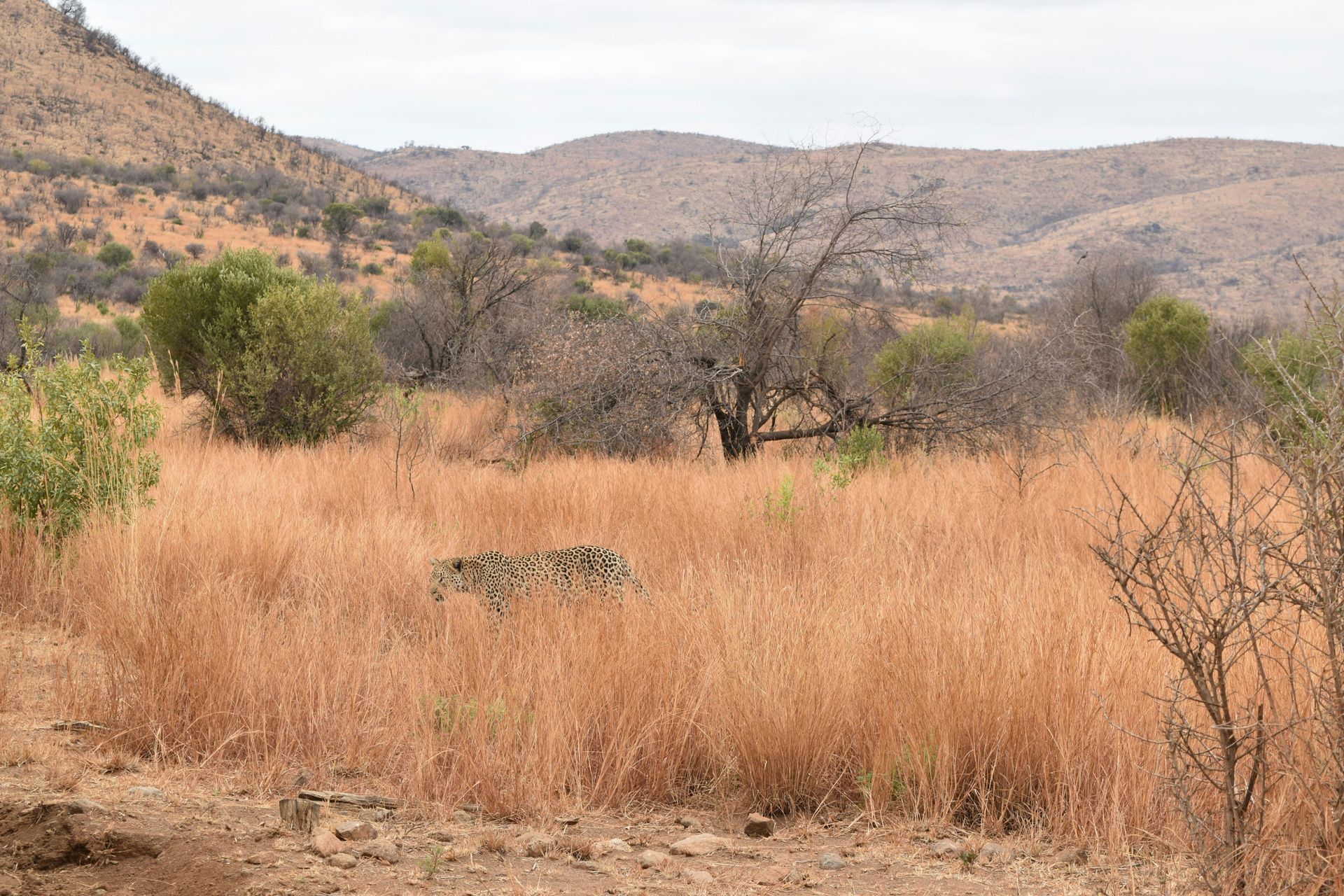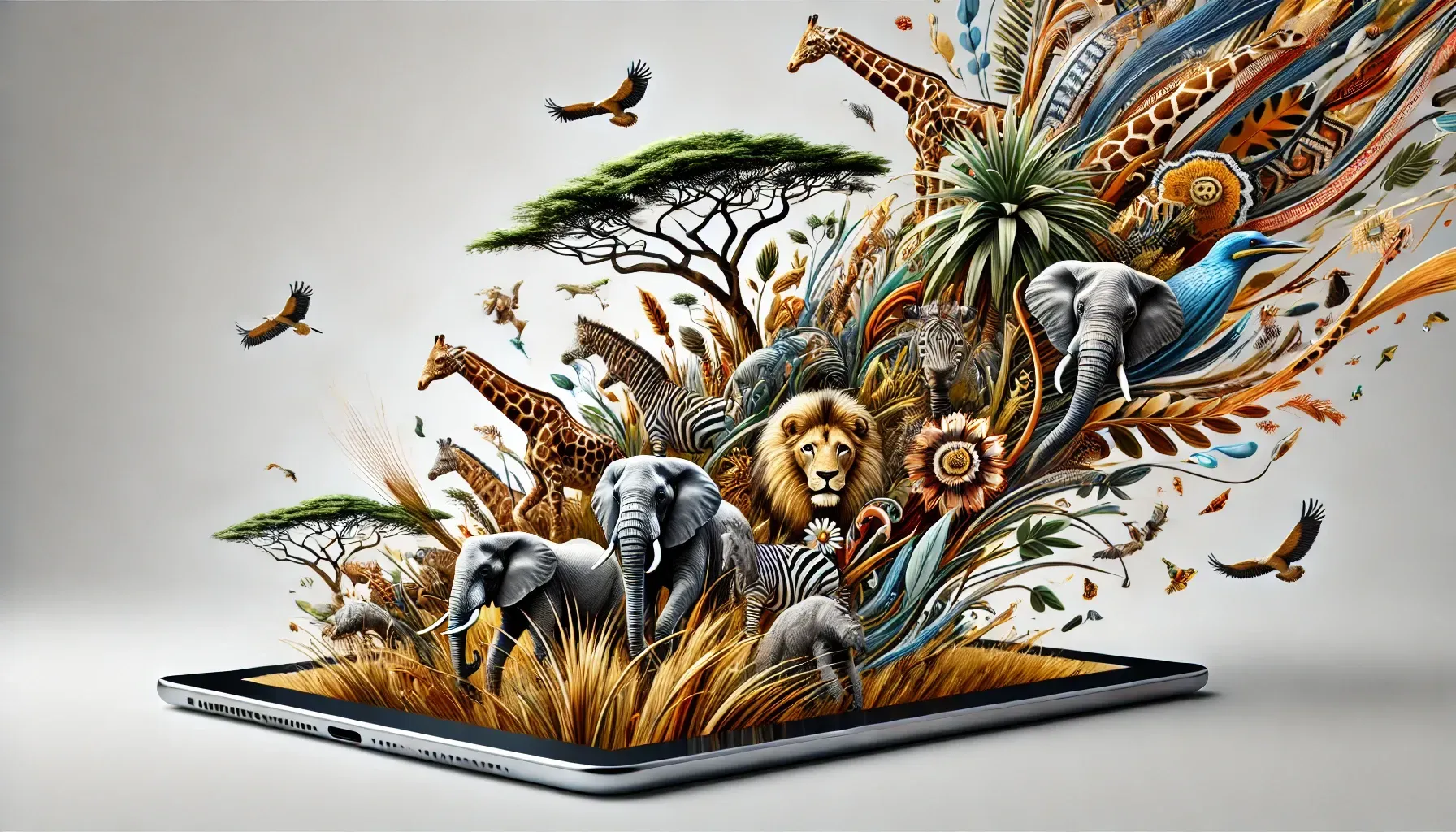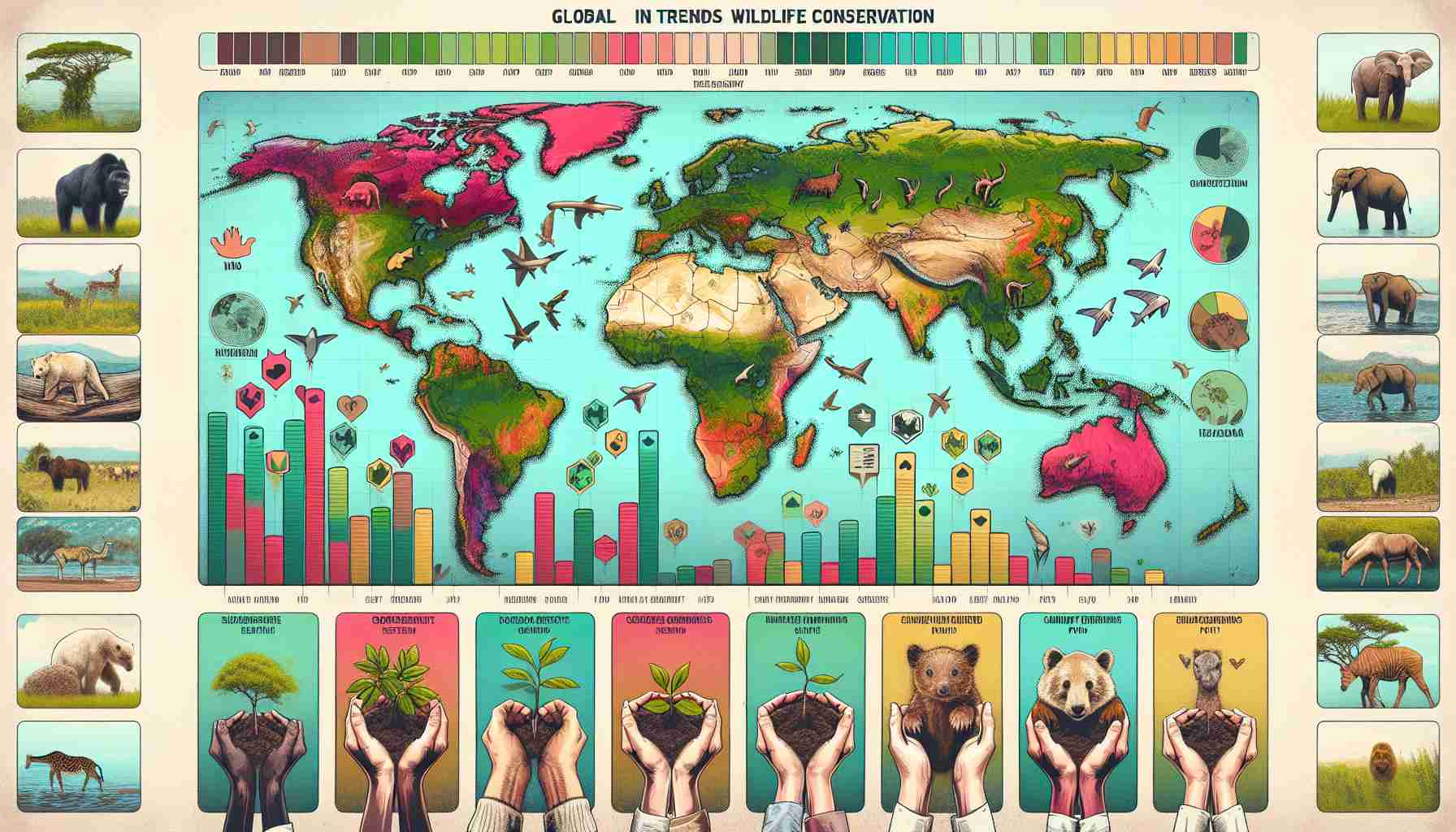Global Trends in Wildlife Conservation: Embracing Innovation and Collaboration
As climate change and human activities continue to pose significant challenges to biodiversity, global efforts in wildlife conservation are evolving rapidly. Conservation strategies are shifting toward more innovative, tech-driven approaches while fostering collaboration between governments, communities, and conservationists. This growing focus on wildlife conservation highlights the urgent need to protect endangered species and preserve ecosystems for future generations.
Key Takeaways
- Conservation Technology is revolutionizing wildlife protection, with drones, AI, and blockchain enhancing data collection and combatting illegal wildlife trade.
- Collaboration between governments, non-profits, and local communities plays a vital role in promoting sustainable conservation practices.
- Public education and engagement are key to strengthening global support for wildlife protection efforts.
The Role of Technology in Conservation
In recent years, Conservation Technology has become an essential tool in wildlife protection. Researchers and conservationists now employ drones, camera traps, and even artificial intelligence (AI) to monitor wildlife populations and habitats with minimal disruption. These technologies enable the collection of valuable data, providing insights into animal behavior, population dynamics, and threats like poaching.
Additionally, blockchain technology is being explored to track wildlife products, ensuring they come from sustainable sources. This transparency could help combat illegal wildlife trade, a significant threat to many species.
The Power of Collaboration
The success of modern conservation efforts increasingly depends on collaboration. Partnerships between governments, non-profit organizations, and local communities are proving vital in promoting sustainable practices that benefit both wildlife and people. Initiatives like eco-tourism provide economic opportunities while fostering a sense of responsibility for local wildlife. These efforts help create a balance between conservation and development.
Moreover, indigenous practices are gaining recognition in conservation strategies. Indigenous communities, having lived in harmony with nature for centuries, bring valuable knowledge and experience to modern conservation efforts. Combining their traditional ecological knowledge with contemporary science can lead to more effective and culturally respectful conservation outcomes.
Public Engagement and Education
Engaging the public is another crucial aspect of modern wildlife conservation. Schools and community programs have increased their focus on educating individuals about the importance of biodiversity and conservation. This awareness drives public support for conservation policies and encourages individual participation in initiatives that protect ecosystems and endangered species.
Challenges and Controversies
Despite the progress, significant challenges remain. One major issue is the conflict between human development and wildlife preservation. Urbanization, agriculture, and infrastructure development often encroach on natural habitats, causing habitat fragmentation and threatening animal populations.
Another challenge lies in balancing large-scale conservation efforts with the rights of local and indigenous communities. While the creation of protected areas can be crucial for species survival, it can sometimes lead to the displacement of communities, sparking tensions. Inclusive conservation policies that consider both environmental and social equity are essential for long-term success.
Looking Ahead: The Future of Conservation
While modern wildlife conservation faces challenges, it also brings opportunities. The integration of cutting-edge technology and the collaboration between various stakeholders are promising developments that could lead to more sustainable conservation models. These approaches offer hope for a future where humans and wildlife can coexist in harmony, and ecosystems can thrive.
The commitment to protecting biodiversity must continue to grow, leveraging innovative techniques and fostering global partnerships. Conservation, after all, is not just about saving species—it's about securing a healthier planet for all of us.
For more information on global wildlife conservation trends, visit the World Wildlife Fund and the Natural Resources Conservation Service.
The source of the article is from the blog elblog.pl

About The Author
Zara Nyota
Zara is a writing assistant at Zanza Africa. Blending strategic insight with a passion for conservation technology, Zara provides dynamic support in crafting engaging content and innovative solutions for wildlife conservation and biodiversity.
Quicklinks







